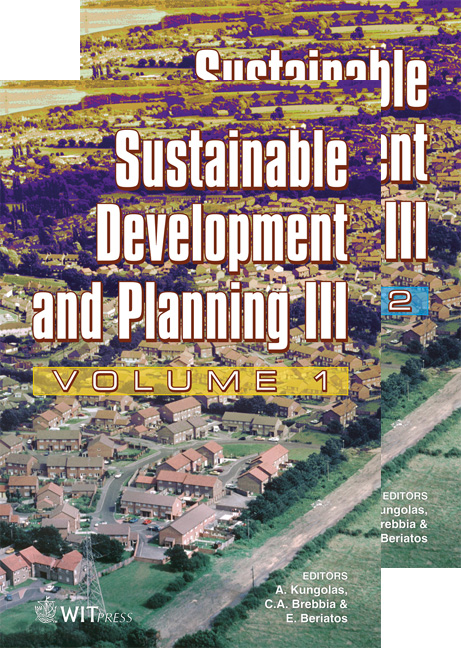Scenarios For RDF Utilisation: Reuse In Technological Plants Or Energy Production
Price
Free (open access)
Transaction
Volume
102
Pages
11
Published
2007
Size
649 kb
Paper DOI
10.2495/SDP070922
Copyright
WIT Press
Author(s)
G. Genon & E. Brizio
Abstract
It is possible to obtain a fraction of high calorific value, indicated as RDF (residue-derived-fuel) from municipal solid wastes using conventional separation systems. Two different solutions can be considered for utilisation; that is the use in technological plants (mainly cement kilns) or direct incineration. These two alternatives must be evaluated on the basis of the specific territorial situations and the RDF characteristics, taking into account different aspects: • Local atmospheric pollution, as far as the removal capacity of the incinerators or pollutant formation in the cement kilns is concerned. • The effect of the solution on greenhouse gas generation, taking into account fuel scenarios and emission trading procedures. • Economics of substitution and planning perspectives. Some general considerations about these aspects are derived from the results of real plants, and a specific application in the north of Italy has been considered; some positive aspects of co-incineration were identified, an important substitution capacity and limited atmospheric impact effects. Keywords: RDF production, co-incineration, cement kiln, atmospheric impact, cost, planning. 1 Introduction Within the choice of the correct final destination of solid urban wastes, that of energetic valorisation seems to be one of the most interesting options, given the vast choice of final destinations for this flux of material. On the other hand, it involves a heavy debate on the acceptability and compatibility of the
Keywords
RDF production, co-incineration, cement kiln, atmospheric impact, cost, planning.





